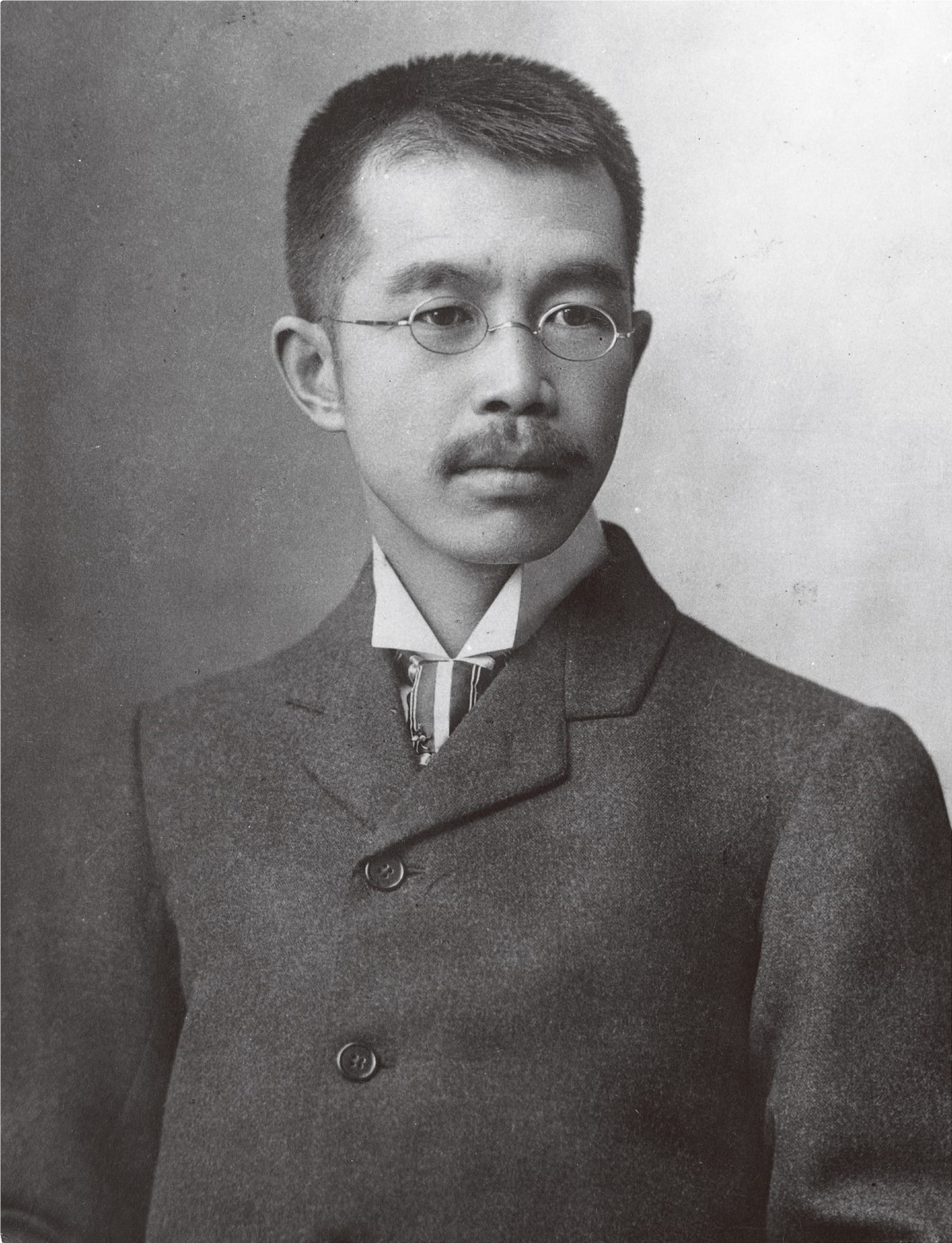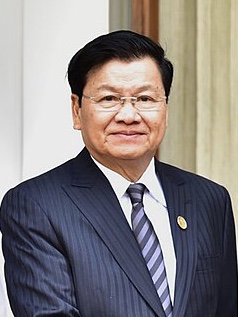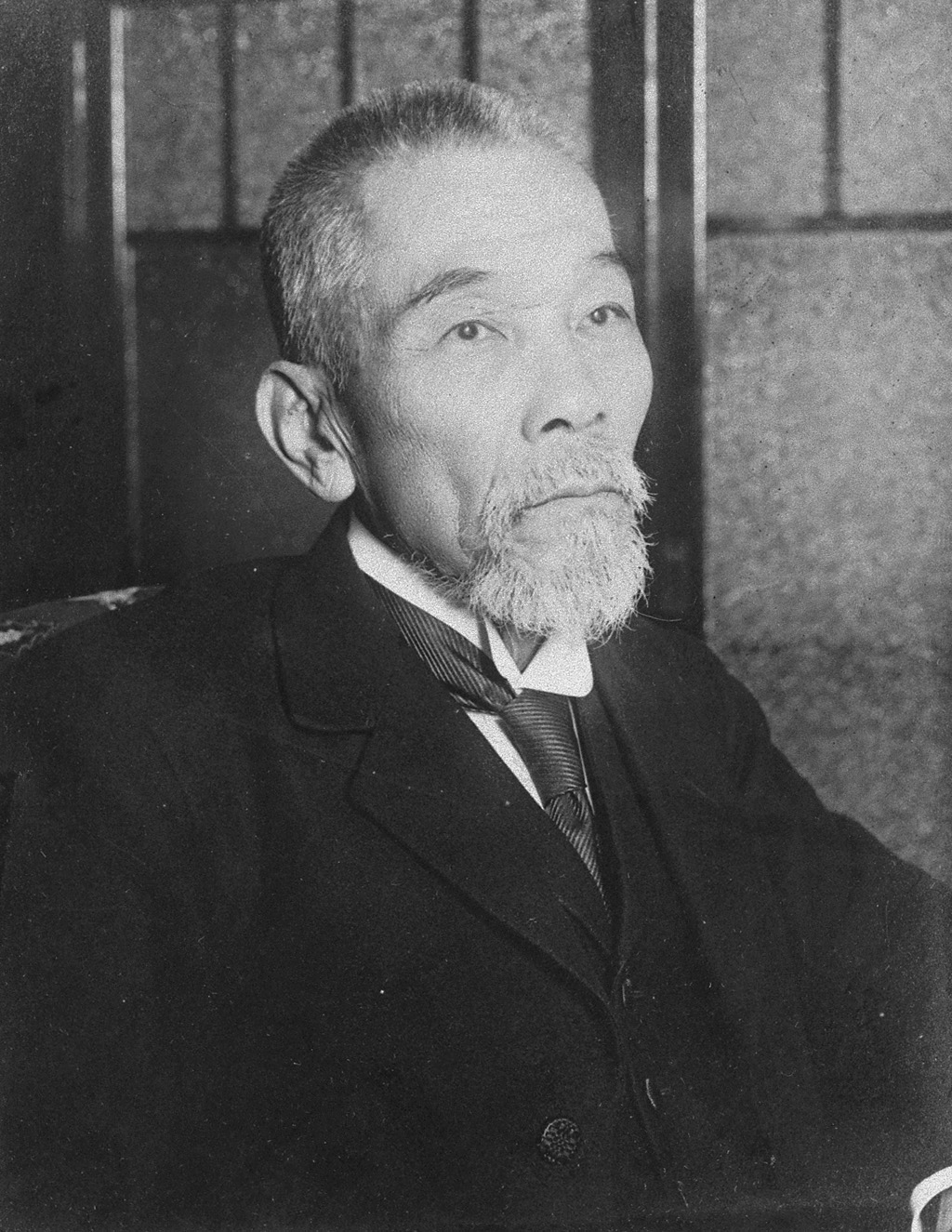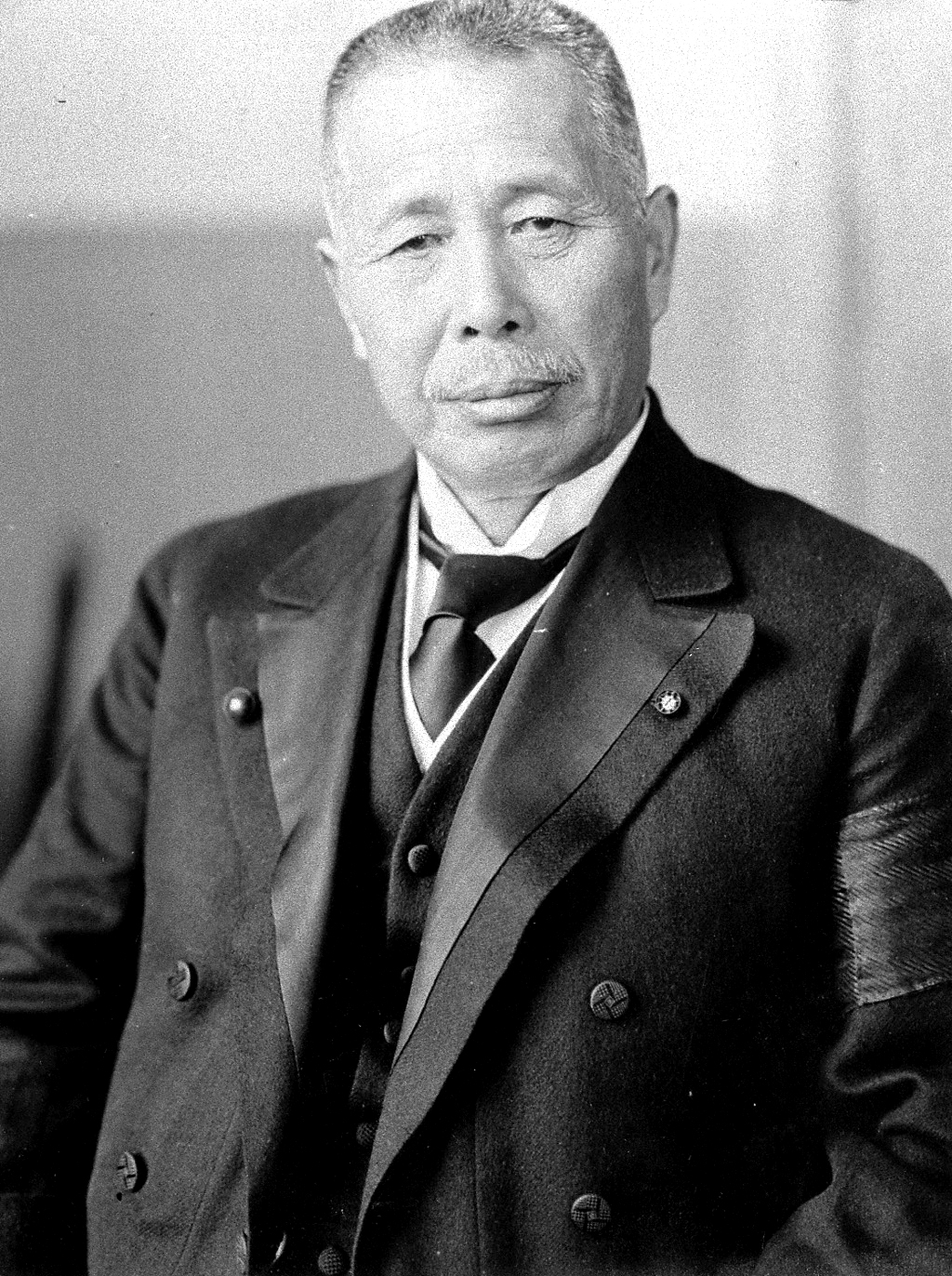|
Fusanosuke Kuhara
was an entrepreneur, politician and cabinet minister in the pre-war Empire of Japan. Biography Kuhara was born in Hagi, Yamaguchi Prefecture into a family of '' sake'' brewers. His brother was the founder of Nippon Suisan Kaisha and his uncle Fujita Densaburō was the founder of the Fujita zaibatsu. He studied in 1885 at the Tokyo Commercial School (the predecessor of Hitotsubashi University) and went on to graduate from Keio University. After graduation, he joined the Morimura-gumi, but on the recommendation of ex- Chōshū politicians Inoue Kaoru, he joined his uncle’s company, the Fujita-gumi (current Dowa Holdings), and in 1891 was assigned management of the Kosaka mine in Kosaka, Akita, one of the largest lead, copper and zinc mines in Japan. He introduced new technologies and made the mine very profitable. In 1903, he left the Fujita-gumi, and acquired the Akazawa Copper Mine in Ibaraki Prefecture in 1905, renaming it the . He established Hitachi Seisakusho in 19 ... [...More Info...] [...Related Items...] OR: [Wikipedia] [Google] [Baidu] |
Hagi, Yamaguchi
file:Hagicity aerialshot.jpg, 270px, Aerial view of central Hagi is a Cities of Japan, city located in Yamaguchi Prefecture, Japan. , the city had an estimated population of 43,233 in 22,803 households and a population density of 62 persons per km². The total area of the city is . It is known for being the birthplace of Hagi ware, a type of Japanese pottery. Geography Facing the Sea of Japan on one side and being surrounded by mountains on three sides, the center of Hagi is located on one of the largest delta areas in Japan. The Abu River splits into two, forming the Hashimoto River and the Matsumoto River. Outlying islands include Mishima, Oshima, Aishima, Hitsushima, Hashima, Hisima, and Oshima. of which Ainoshima and Hitsushima are inhabited. Neighboring municipalities Shimane Prefecture *Masuda, Shimane, Masuda *Tsuwano, Shimane, Tsuwano Yamaguchi Prefecture *Abu, Yamaguchi, Abu *Nagato, Yamaguchi, Nagato *Yamaguchi (city), Yamaguchi Climate Hagi has a humid subtropical cl ... [...More Info...] [...Related Items...] OR: [Wikipedia] [Google] [Baidu] |
Hitachi
() is a Japanese Multinational corporation, multinational Conglomerate (company), conglomerate founded in 1910 and headquartered in Chiyoda, Tokyo. The company is active in various industries, including digital systems, power and renewable energy, railway systems, Health care, healthcare products, and Financial system, financial systems. The company was founded as an electrical machinery manufacturing subsidiary of the Kuhara Mining Plant in Hitachi, Ibaraki by engineer Namihei Odaira in 1910. It began operating as an independent company under its current name in 1920. Hitachi is listed on the Tokyo Stock Exchange and is a key component of the Nikkei 225 and TOPIX Core30 indices. As of June 2024, it has a market capitalisation of 16.9 trillion yen, making it the fourth largest Japanese company by market value. In terms of global recognition, Hitachi was ranked 38th in the 2012 Fortune Global 500 and 129th in the 2012 Forbes Global 2000. Hitachi is a highly globalised conglomerat ... [...More Info...] [...Related Items...] OR: [Wikipedia] [Google] [Baidu] |
One-party State
A one-party state, single-party state, one-party system or single-party system is a governance structure in which only a single political party controls the ruling system. In a one-party state, all opposition parties are either outlawed or enjoy limited and controlled participation in election An election is a formal group decision-making process whereby a population chooses an individual or multiple individuals to hold Public administration, public office. Elections have been the usual mechanism by which modern representative d ...s. The term "''de facto'' one-party state" is sometimes used to describe a dominant-party system that, unlike a one-party state, allows (at least nominally) multiparty elections, but the existing practices or balance of political power effectively prevent the opposition from winning power. Membership in the ruling party tends to be relatively small compared to the population. Rather, they give out private goods to fellow elites to ensur ... [...More Info...] [...Related Items...] OR: [Wikipedia] [Google] [Baidu] |
Inukai Tsuyoshi
Inukai Tsuyoshi (, 4 June 1855 – 15 May 1932) was a Japanese statesman who was Prime Minister of Japan, prime minister of Japan from 1931 to his assassination in 1932. At the age of 76, Inukai was Japan's second oldest serving prime minister, after Kantarō Suzuki whose term ended at the age of 77. Early life and education Inukai was born 4 June 1855, in Kawairi, Kaya, Bitchū Province (in present-day Okayama, Okayama Prefecture), the second son of Inukai Genzaemon, a samurai, district magistrate and local official (''Nanushi, ōjōya''). His family was a branch of the Itakura clan, and were originally given a status that allowed them to wear a katana by the Niwase Domain. In 1876, Inukai travelled to Tokyo and subsequently graduated from the Keio Gijuku (now Keio University) where he specialized in Chinese studies. In his early career, Inukai worked as a journalist for the Sports Hochi, ''Yūbin Hōchi Shimbun'' (now a sports newspaper subsidiary of the ''Yomiuri Shimbun'') a ... [...More Info...] [...Related Items...] OR: [Wikipedia] [Google] [Baidu] |
Ministry Of Communications (Japan)
The was a Cabinet (government), Cabinet-level ministry in the Empire of Japan. Its modern successors include the Ministry of Internal Affairs and Communications, Japan Post and Nippon Telegraph and Telephone. History Meiji period On December 22, 1885 the Ministry of Communications was established, combining the Bureau of Posts and Shukuba, Post Station Maintenance and Shipping Bureau formerly under the Ministry of Agriculture and Commerce with the Telegraph Bureau and Lighthouse Management Bureau formerly under the Ministry of Industry. On August 16, 1891, the ministry was also placed in charge of the nascent Japanese electric power industry. On July 21, 1892, the Railway Bureau was transferred to the Ministry of Communications from the Home Ministry (Japan), Home Ministry and from November 10, 1893, the ministry was charged with the supervision of all land and water transportation businesses. However, on December 5, 1908, the Railway Bureau was separated to become an indep ... [...More Info...] [...Related Items...] OR: [Wikipedia] [Google] [Baidu] |
Rikken Seiyūkai
The was one of the main political party, political parties in the pre-war Empire of Japan. It was also known simply as the ''Seiyūkai''. Founded on September 15, 1900, by Itō Hirobumi,David S. Spencer, "Some Thoughts on the Political Development of the Japanese People", ''The Journal of International Relations'' (January 1920) p325 the ''Seiyūkai'' was a pro-government alliance of bureaucrats and former members of the ''Kenseitō.'' The ''Seiyūkai'' was the most powerful political party in the House of Representatives of Japan, Lower House of the Diet of Japan from 1900 to 1921, and it promoted big government and large-scale public spending. Though labeled "Liberalism, liberal" by its own members, it was generally conservatism, conservative by modern definitions. It often opposed social reforms and it supported bureaucratic control and militarism to win votes. It viewed the ''Rikken Minseitō'' as its main rival. The ''Seiyūkai'' came into power in October 1900 under th ... [...More Info...] [...Related Items...] OR: [Wikipedia] [Google] [Baidu] |
Diet Of Japan
, transcription_name = ''Kokkai'' , legislature = 215th Session of the National Diet , coa_pic = Flag of Japan.svg , house_type = Bicameral , houses = , foundation=29 November 1890(), leader1_type = President of the House of Councillors , leader1 = Masakazu Sekiguchi , party1 = LDP , election1 = 11 November 2024 , leader2_type = Speaker of the House of Representatives , leader2 = Fukushiro Nukaga , party2 = LDP , election2 = 11 November 2024 , leader3_type = Prime Minister , leader3 = Shigeru Ishiba , party3 = LDP , election3 = 1 October 2024 , members = , house1 = House of Councillors , structure1 = Japan House of Councillors Political Groups - November 2024.svg , political_groups1 = Government (140) * LDP (113) * Kōmeitō (27) Opposition (91) * CDP- SDP (41) * ... [...More Info...] [...Related Items...] OR: [Wikipedia] [Google] [Baidu] |
House Of Representatives Of Japan
The is the lower house of the National Diet of Japan. The House of Councillors is the upper house. The composition of the House is established by and of the Constitution of Japan. The House of Representatives has 465 members, elected for a four-year term. Of these, 176 members are elected from 11 multi-member constituencies by a Party-list proportional representation, party-list system of proportional representation, and 289 are elected from single-member constituencies. The overall voting system used to elect the House of Representatives is a Parallel voting, parallel system, a form of semi-proportional representation. Under a parallel system, the allocation of list seats does not take into account the outcome in the single seat constituencies. Therefore, the overall allocation of seats in the House of Representatives is not proportional, to the advantage of larger parties. In contrast, in bodies such as the German ''Bundestag'' or the New Zealand Parliament the election of s ... [...More Info...] [...Related Items...] OR: [Wikipedia] [Google] [Baidu] |
Giichi Tanaka
Baron was a Japanese general and politician who served as Prime Minister of Japan from 1927 to 1929. Born to a ''samurai'' family in the Chōshū Domain, Tanaka became an officer in the Imperial Japanese Army and rose through the ranks. He served as Minister of the Army under Prime Ministers Hara Takashi and Yamamoto Gonnohyōe. After retiring from active duty he accepted the presidency of the Rikken Seiyūkai, a major conservative party. Following the resignation of the Wakatsuki Cabinet in 1927, Tanaka was appointed Prime Minister. In foreign affairs, he pursued a hawkish policy; in domestic affairs, he sought to suppress communist movements. Criticised for his handling of the unauthorised assassination of Zhang Zuolin by a Kwangtung Army officer, he resigned in 1929 and died soon afterwards. Early life and military career Tanaka was born as the third son of a low-ranking ''samurai'' family in the service of Chōshū Domain in Hagi, Nagato Province (modern day Yamaguchi ... [...More Info...] [...Related Items...] OR: [Wikipedia] [Google] [Baidu] |
Prime Minister Of Japan
The is the head of government of Japan. The prime minister chairs the Cabinet of Japan and has the ability to select and dismiss its ministers of state. The prime minister also serves as the commander-in-chief of the Japan Self-Defense Forces, Japan Self Defence Forces. The National Diet (parliament) nominates the prime minister from among its members (typically from among the members of the House of Representatives (Japan), House of Representatives). He is then formally appointed by the Emperor of Japan, emperor. The prime minister must retain the confidence of the House of Representatives to remain in office. The prime minister lives and works at the Naikaku Sōri Daijin Kantei (Prime Minister's Official Residence) in Nagatachō, Chiyoda, Tokyo, Chiyoda, Tokyo, close to the National Diet Building. List of prime ministers of Japan, Sixty-five men have served as prime minister, the first of whom was Itō Hirobumi taking office on 22 December 1885. The List of prime minist ... [...More Info...] [...Related Items...] OR: [Wikipedia] [Google] [Baidu] |
Nissan Group
, formerly Nissan zaibatsu, was a group of companies and Japan's most powerful business groupings. Founded in 1928 by Yoshisuke Aikawa, the group was originally a holding company created as an offshoot of ''Kuhara Mining Co.'' (became Nippon Mining & Metals Company; currently part of JXTG Holdings), which Aikawa had taken over as president of from his brother-in-law, Fusanosuke Kuhara. After the bankruptcy of the ''Kuhara zaibatsu'' following World War I, Aikawa reorganized its assets into Japan Industries or , Nissan for short. The group's core business was real estate and insurance with hundreds of member companies, including fisheries, mining companies, and was affiliated with Hitachi, as well as what Nissan is now known for—its automobile business. After World War II, the zaibatsu was disbanded, and reformed into Nichiyo-kai, otherwise known as Nissan Group. Although the Nissan name was primarily known for its car manufacturing outside Japan, Nissan Motor was a compar ... [...More Info...] [...Related Items...] OR: [Wikipedia] [Google] [Baidu] |
Holding Company
A holding company is a company whose primary business is holding a controlling interest in the Security (finance), securities of other companies. A holding company usually does not produce goods or services itself. Its purpose is to own Share capital, stock of other companies to create a corporate group. In some jurisdictions around the world, holding companies are called parent companies, which, besides holding Share capital, stock in other companies, can conduct trade and other business activities themselves. Holding companies reduce risk for the shareholders, and can permit the ownership and control of a number of different companies. ''The New York Times'' uses the term ''parent holding company''. Holding companies can be subsidiaries in a Subsidiary#Tiered subsidiaries, tiered structure. Holding companies are also created to hold assets such as intellectual property or trade secrets, that are protected from the operating company. That creates a smaller risk when it comes ... [...More Info...] [...Related Items...] OR: [Wikipedia] [Google] [Baidu] |







